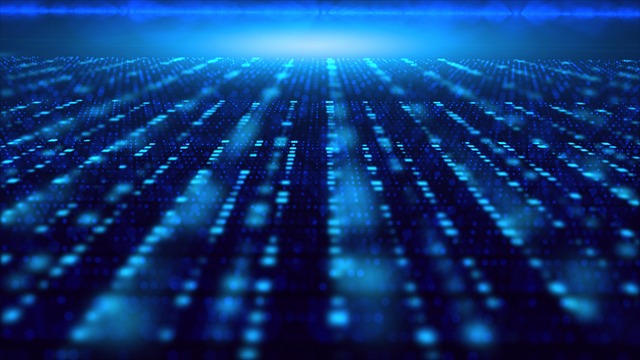Wired Connections and Optical Fiber Connections

With technology gaining the upper-hand in almost all aspects of our lives, it is becoming increasingly important to know more about the different ways you can access the internet, a feature in our life that is increasingly keeping us connected to our work, family, social life, communication, news, education, entertainment, business, important information, etc.
What many people aren’t aware about is the importance of bandwidth, or speed at which you can access the internet as well as the different materials used to connect to the internet. The speed of the internet helps you to send and receive data at a faster rate, cutting down on time wastage, loss in productivity and sales. This aspect of internet use is further aided by the method used to connect to the internet.
The three main ways of accessing are through fiber optic connections, copper wired connections and the most recent entrant, the wireless connection. With all three being readily available in the marketplace, you need to know a little about their features and benefits before deciding which one is most suited to your needs.
Wired connections are more used in businesses and homes and include the fiber optic cables which are made of glass or plastic and very hardy to degradation, as well as the copper-wired connections.
Copper is an element and was first used about a hundred years ago when the telephone was introduced. Though it’s great for carrying voice signals, it has limited bandwidth use. It uses electrical signals that tend to degrade with the passage of distance, and are further affected by weather, moisture, etc. This means that signals are weaker and less data can be passed through. However, that having been said, copper wiring is better for rural areas as telephone wiring is already laid out, and it comes out cheaper on the pocket too.
Fiber optic cables are new entrants and transmit data through thin strands of transparent material; there is faster transmission of data through photons which travel at about 31% slower than the speed of light in fiber optic cables. Electrons passing through copper wires travel at less than 1% of the speed of light on the other hand.
There is less loss in signal through fiber optic cables, which use light instead of electricity as their copper-wired counterparts do. It’s been estimated that fiber loses about 3% of its signal strength over 100m, while copper wires lose about 94% over the same distance!
Aside from all these plus points, fiber-optic cables do not degrade easily either and are increasingly being taken as the gold-standard in high-quality data transmission. Time for wired cables to be replaced by the relatively newer fiber optic cables….

